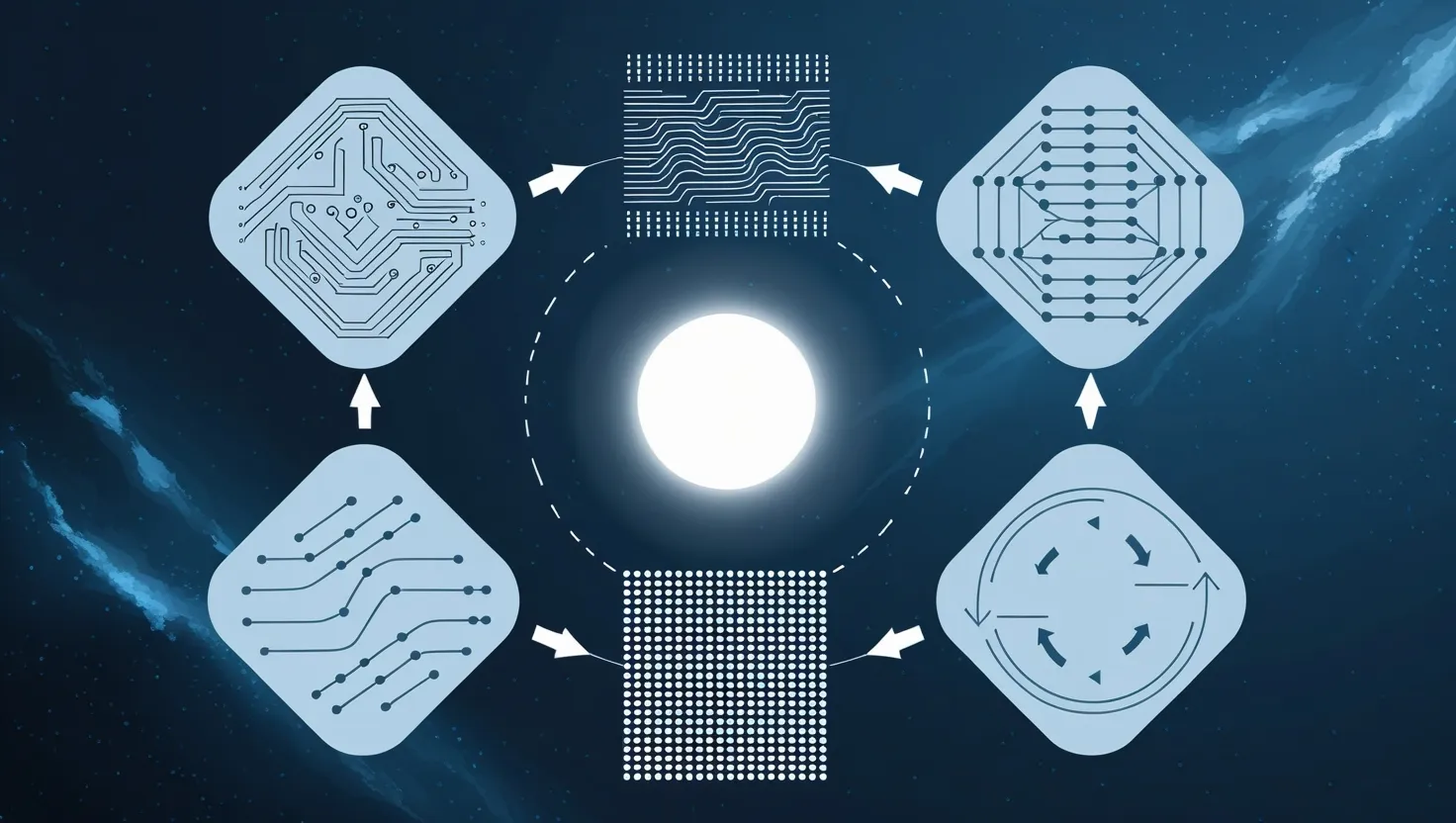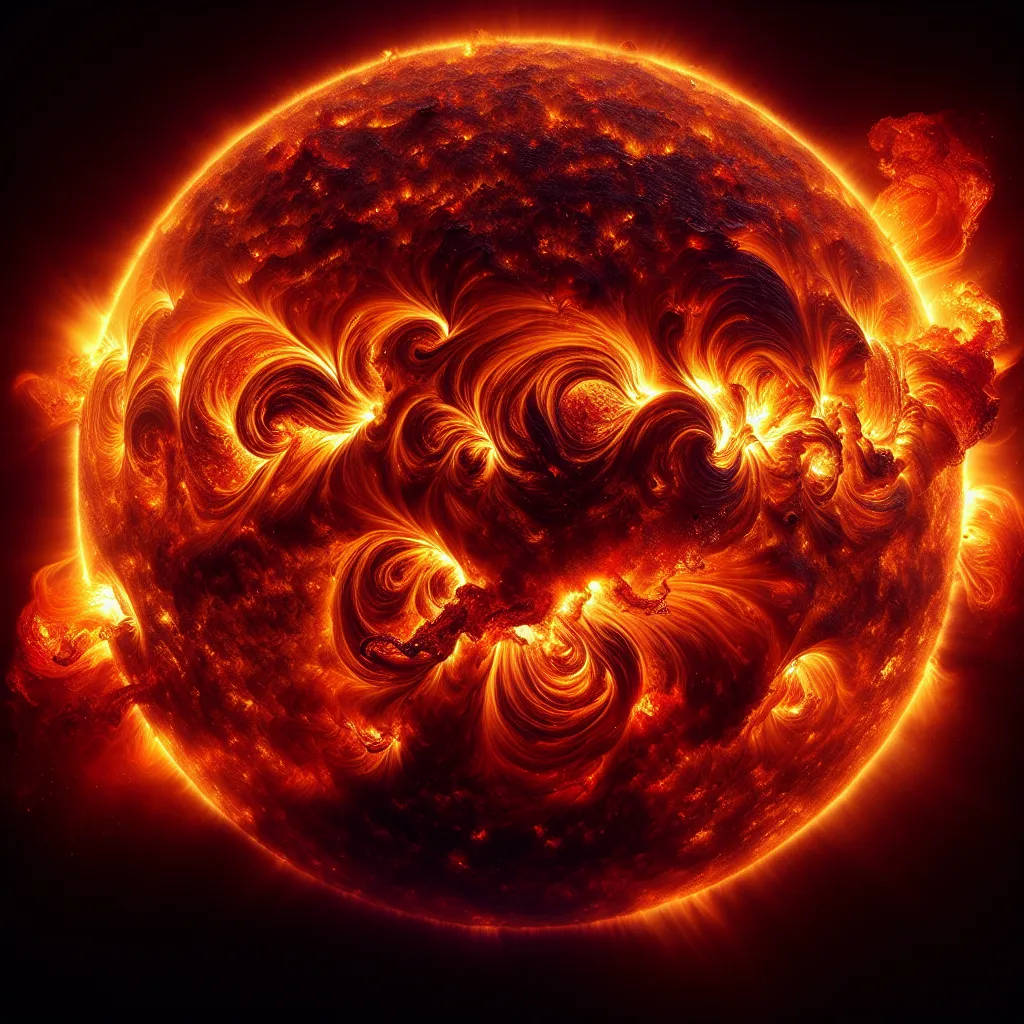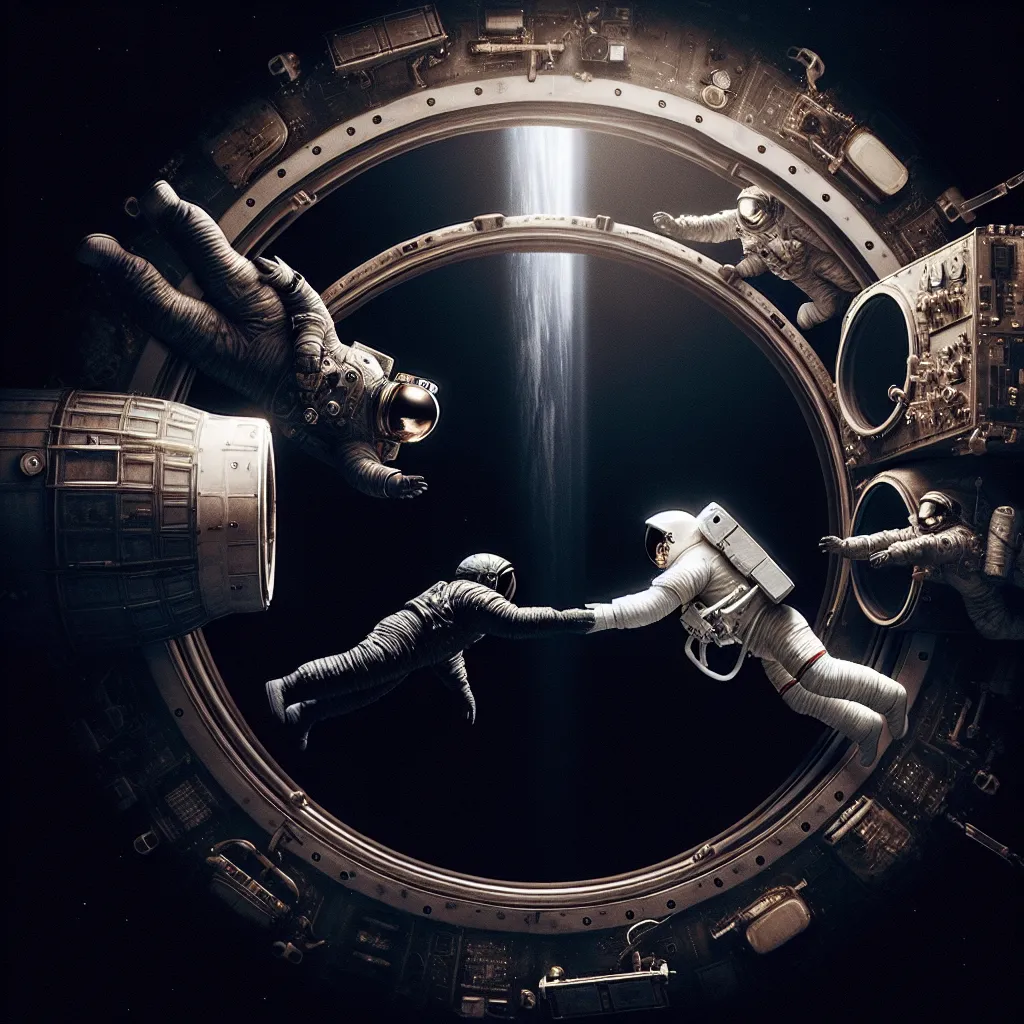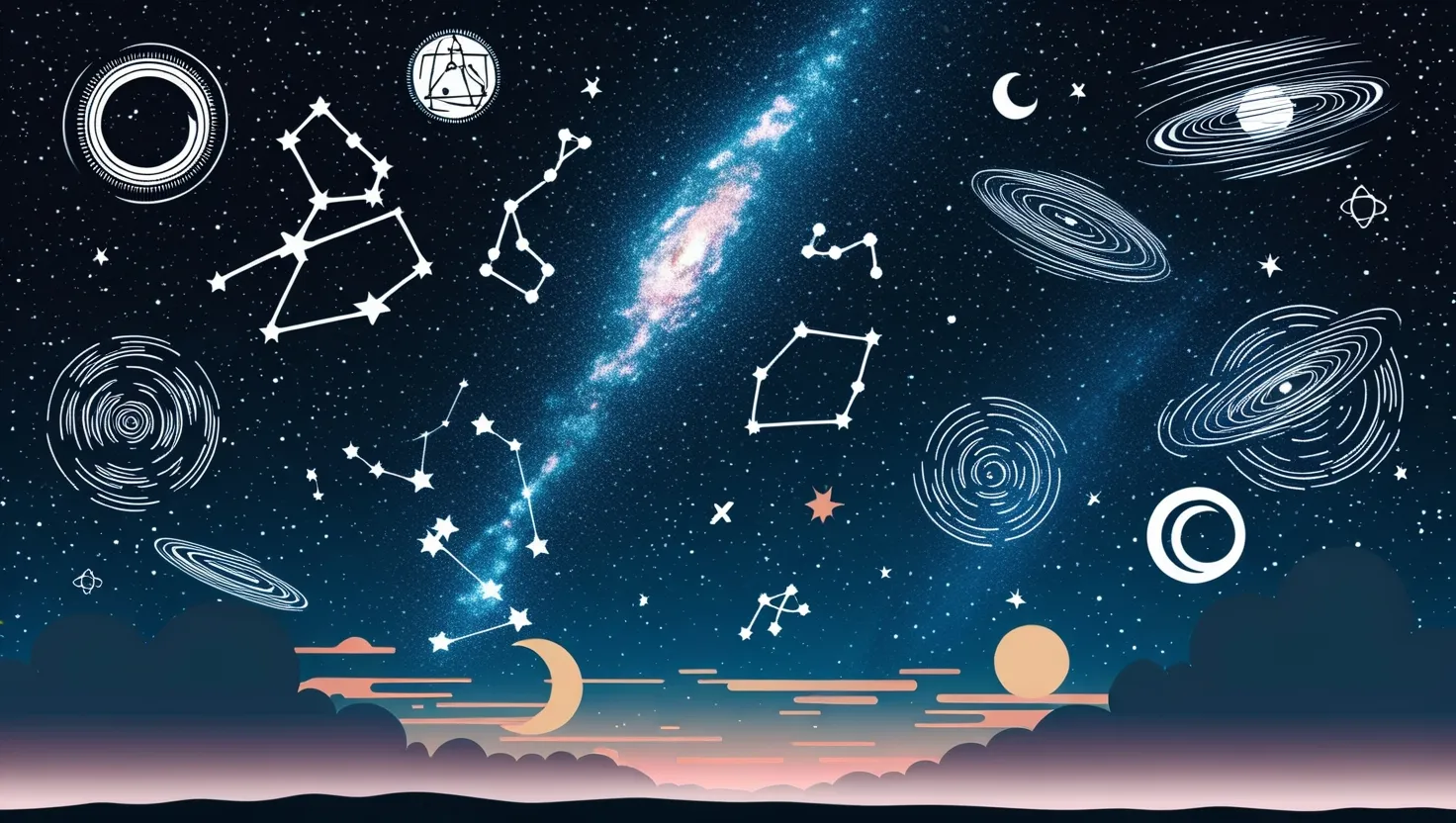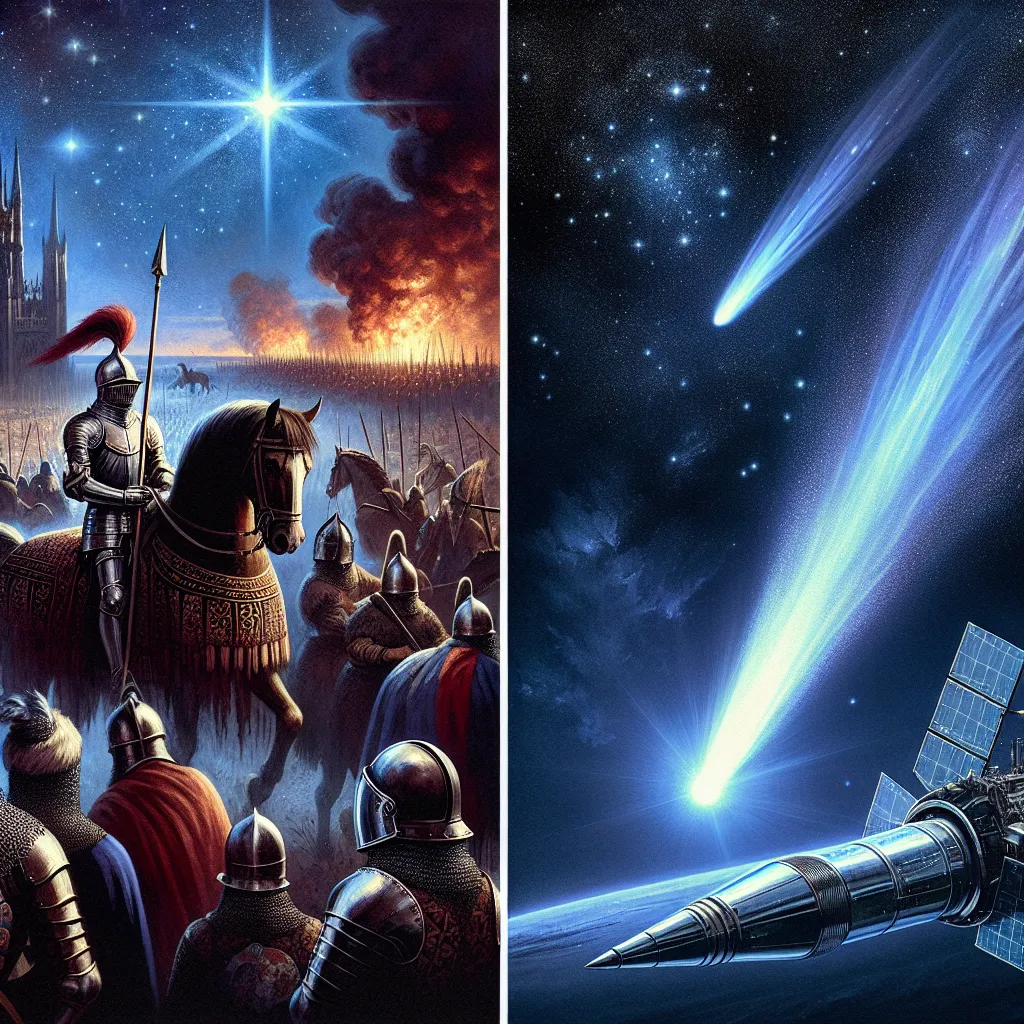What does it mean to be conscious? This isn’t just the oldest puzzle in philosophy; today it’s a battleground for neuroscientists, physicists, and even computer scientists. The more we attempt to pin down what consciousness is, the more slippery it becomes, dissolving into new arguments and ever stranger theories. If you’ve ever wondered why no one can seem to agree on what makes you, you, let’s explore five of the most provocative scientific theories under debate today.
Let’s start with the Integrated Information Theory, or IIT. Imagine consciousness isn’t owned by humans alone—maybe it’s the result of how information is woven together, regardless of what’s doing the weaving. IIT suggests that even extremely simple devices might have a tiny amount of awareness, simply because they integrate information in some form. Staring at your bedside alarm clock, would you ever suspect it could be even a little bit “aware” of the numbers it’s displaying? This idea unsettles many scientists—especially those who want to keep the experience of being human unique. Are we really ready to accept that the difference between a human brain and a photodiode is just a matter of degree? Some critics point out that if IIT is true, the world is buzzing with invisible flickers of consciousness we never noticed. To quote Arthur Schopenhauer, “Every man takes the limits of his own field of vision for the limits of the world.” If IIT is right, perhaps our own field of vision is just tragically narrow.
But things get even stranger with quantum consciousness theories. Here, the magic ingredient is the quantum world—a place where particles can exist in two states at once, and “spooky action at a distance” isn’t just a metaphor. The proposal is that our brain’s neurons contain tiny structures called microtubules, and that these might maintain quantum coherence, allowing the brain to perform computations no classical computer could match. This isn’t about big obvious effects like radioactive decay, but rather tiny, whisper-quiet processes happening beneath our awareness. Is it so far-fetched to imagine that consciousness somehow exploits the weirdest rules of physics? The trouble is, quantum effects are fragile—usually erased by warmth or complexity. The brain is hot, wet, and noisy; how could delicate quantum states possibly survive? Yet, as Niels Bohr famously reflected, “Anyone who is not shocked by quantum theory has not understood it.” Maybe, just maybe, the secret ingredient in consciousness isn’t neurons or electrical signals, but the untamed oddness of quantum mechanics itself.
Perhaps the most radical of all is panpsychism. In this view, consciousness is a basic property of matter—no less fundamental than mass or electric charge. If you’ve ever caught yourself wondering why the universe gives rise to experience at all, panpsychists argue the answer is hidden in plain sight. Instead of emerging from complexity, consciousness is built into the fabric of reality from the start. Does that mean an electron has some glimmer of awareness? Panpsychists say yes, though perhaps an electron’s form of experience is nothing like ours. The real challenge is how to connect these “tiny consciousnesses” to the vivid, unified experience inside your head. Yet this idea has a long pedigree, from ancient philosophies to, more recently, respected scientists and philosophers. Are we simply missing a key variable in nature’s equation? William James once observed, “We are like islands in the sea, separate on the surface but connected in the deep.” Panpsychism takes that literally—suggesting that all things share a hidden foundation of experience.
On the other hand, some scientists see consciousness as less about what matter is, and more about how brain networks operate. The Global Workspace Theory (GWT) proposes that consciousness arises when information is made globally available across many brain regions. Imagine a theater in your mind, where the spotlight of attention brings information on stage for the rest of your brain to “see.” GWT is popular partly because it fits so well with findings from brain imaging, showing that when we’re conscious of something, lots of different brain areas synchronize their activity. But the debate rages on: Is consciousness just a matter of broadcasting information widely, or are there specific “hotspots” in the cortex responsible for igniting awareness? How does the brain decide which scraps of information make it into the global workspace? When you notice a flashing light or hear your name in a noisy crowd, are you witnessing a competition for the stage inside your brain? As philosopher Daniel Dennett put it, “There’s no single, definitive ‘stream of consciousness,’ because there is no central Headquarters in the brain.” In GWT, the orchestra plays without a conductor, yet somehow, music emerges.
Then there’s the predictive processing model—a theory that flips traditional thinking on its head. Instead of the brain passively collecting sensory inputs, it constantly predicts what will happen next and updates itself only when surprised by reality. This view implies that what we experience as consciousness is really the brain’s ongoing effort to model the world, anticipate outcomes, and correct errors. Have you ever been startled by a shadow that turned out to be harmless? That’s your predictive brain at work. What if all of perception is really just the mind’s best guess, reworked moment by moment as new evidence flows in? This perspective isn’t just about perception; it suggests consciousness itself is a byproduct of continuously comparing predictions and updating models. Are we conscious because we are prediction machines, always running simulations of the world and ourselves within it? As Karl Friston, a major proponent of this theory, argues, the brain “minimizes surprise” not only to survive—but possibly to experience anything at all.
Why do these theories provoke such strong disagreement? Partly because each theory bends reality in a different direction, offering radically different visions of what consciousness could be. Some scientists argue we need more data—stronger experiments, better brain scans. Yet others counter that at its heart, the problem of consciousness isn’t just technical, but philosophical. What would it take for us to recognize consciousness in something utterly unlike us? If a future artificial intelligence passed every behavioral test, would that mean it truly experiences anything at all? Or would it just be mimicking the outward signs of inner life?
We find ourselves faced with a question that is both scientific and personal: What counts as evidence of consciousness? Is it measurable in brain waves, or is it something even a photon could possess in some faint way? When we look at animals, should we assume they are conscious because their brains resemble ours, or could they house forms of awareness utterly alien to human experience? And if consciousness is as fundamental as mass or charge, are we simply rearranging the furniture of the universe when we try to measure it—instead of realizing we’re part of that furniture ourselves?
The search for a scientific theory of consciousness is, at its heart, a quest to understand not only how the lights come on in the brain, but why there are lights at all. Each of these five theories—Integrated Information, Quantum Consciousness, Panpsychism, Global Workspace, Predictive Processing—offers a different story, each with its own puzzles, critics, and loyalists.
Maybe the real value lies not in picking a winner, but in seeing where these frameworks overlap, how their disagreements push the frontiers of science and philosophy. Are we on the verge of a paradigm shift, or will consciousness remain the unsolved riddle at the center of our understanding? As we debate, probe, and argue, perhaps the greatest lesson is the humility required to admit how mysterious it all still is.
As the poet Rainer Maria Rilke said, “The purpose of life is to be defeated by greater and greater things.” In studying consciousness, we find ourselves delightfully, perpetually defeated—each new theory just another way of peering into the fog, hoping not necessarily for answers, but for better questions.
So I ask you: Which of these theories feels most plausible? Do any seem too outrageous to take seriously? Or is the real issue that we are limited not only by our brains, but by the very language we use to ask these questions? Perhaps consciousness is the ultimate horizon—one that keeps moving as we advance, always inviting us to think just a little bit deeper.
